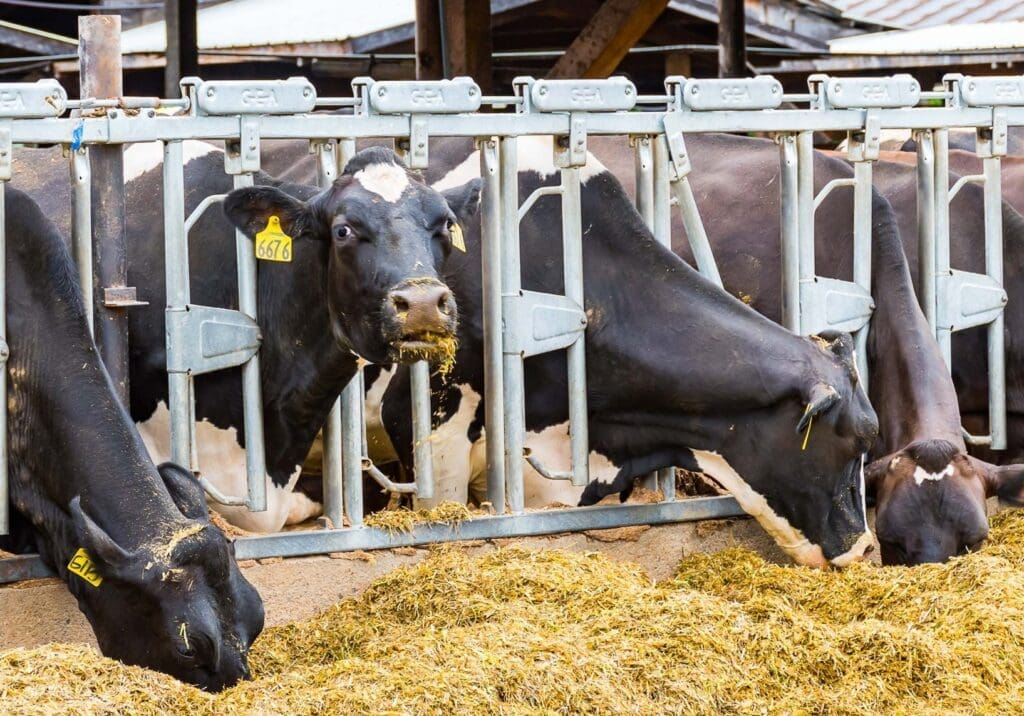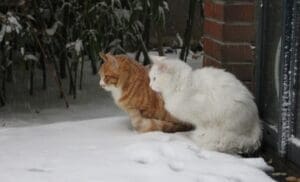Dairy heifers are facing tight supplies and record-high prices, mirroring trends seen in the egg industry. The latest USDA Cattle report shows just 3.914 million dairy heifers weighing 500 pounds or more, the lowest since 1978. This decline is driven by dairy farmers increasingly breeding cows with beef bulls to capitalize on record beef prices, a trend that is expected to continue.
USDA reports dairy replacement values have reached an average of $2,660 per head, with Vermont leading at $2,930 and Kansas at the lowest with $2,350. However, auction barns are reporting even higher prices, with high-quality Holstein heifers selling for over $3,000 and some premium heifers exceeding $4,000.
USDA’s revisions indicate a significant drop in heifer numbers, with a combined downward adjustment of 371,600 head over two years—an 8.6% reduction. Dairy replacement heifers expected to calve also fell to a record low of 2.922 million. The heifer-to-cow ratio is at its lowest since 1991.
With beef cattle supplies tight and demand for beef-on-dairy calves strong, dairy heifer shortages are expected for at least two to three years. The economic incentive to raise beef calves remains high, further limiting dairy herd expansion.













